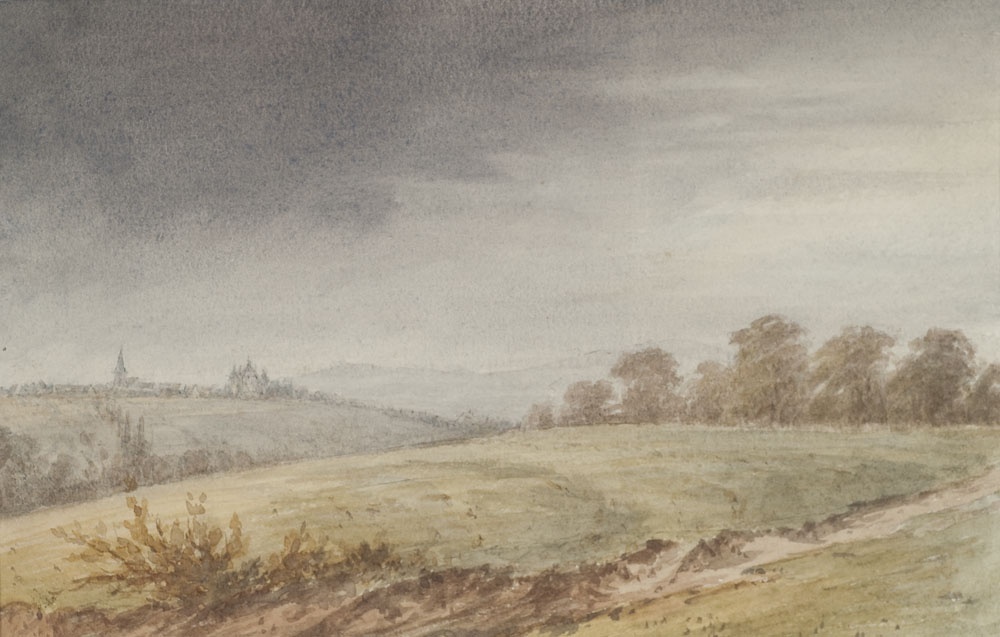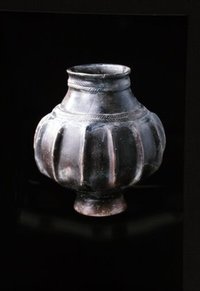Emil Zeiß, Pfarrer und Künstler in Lippe, hat in seinem komplexen Werk wertvolle malerische Dokumente hinterlassen, die Kulturgeschichte in Lippe wieder lebendig machen. Sein mit nahezu 1300 Arbeiten umfangreiches Oeuvre ist eine wichtige und unentbehrliche Fundgrube für Kunstliebhaber, Landeshistoriker und Ortschronisten.
Der in Stapelage / Lippe 1833 geborene Emil Zeiß fand sein künstlerisches Ausdrucksmittel vor allem in der Aquarell- und Bleistifttechnik.
Die Darstellung der Stadt Barntrup vom Norden mit ihren weiten Wiesen, Büschen und Baumreihen sind wie die Stadtansicht selbst im schnellen, aber sicheren Aquarellstrich erfasst, der die Bleistiftuntermalung sichtbar werden lässt.
en

